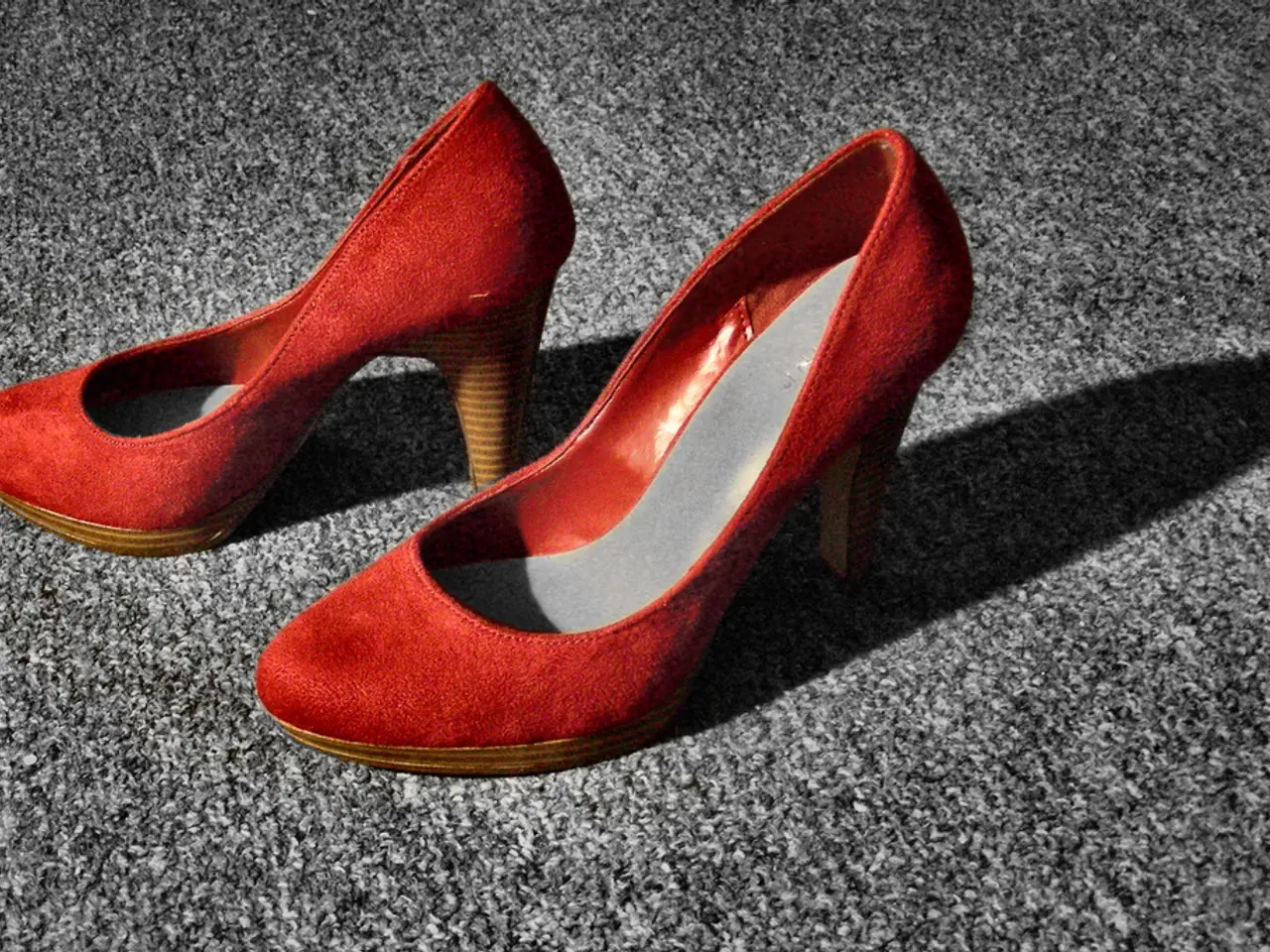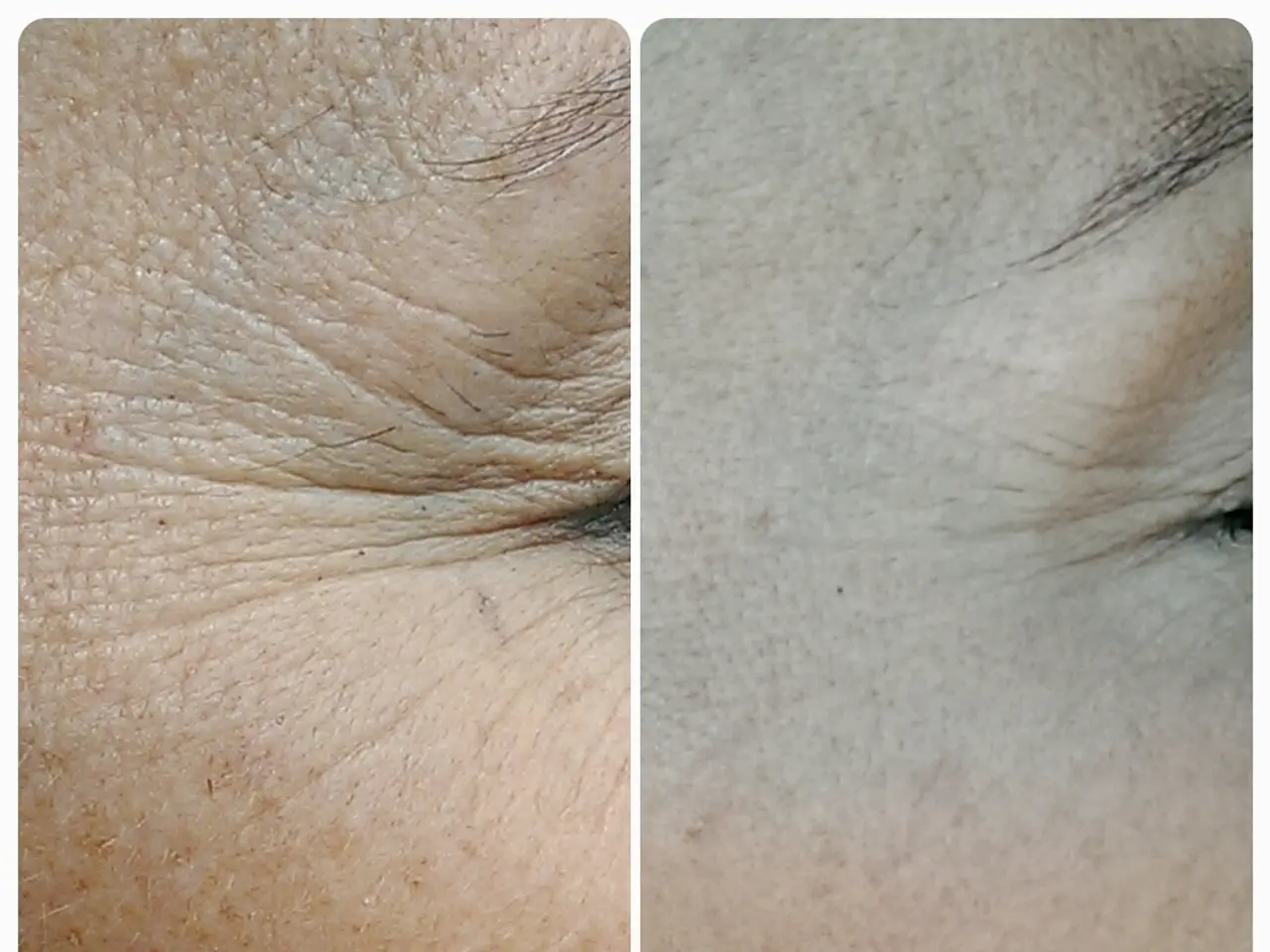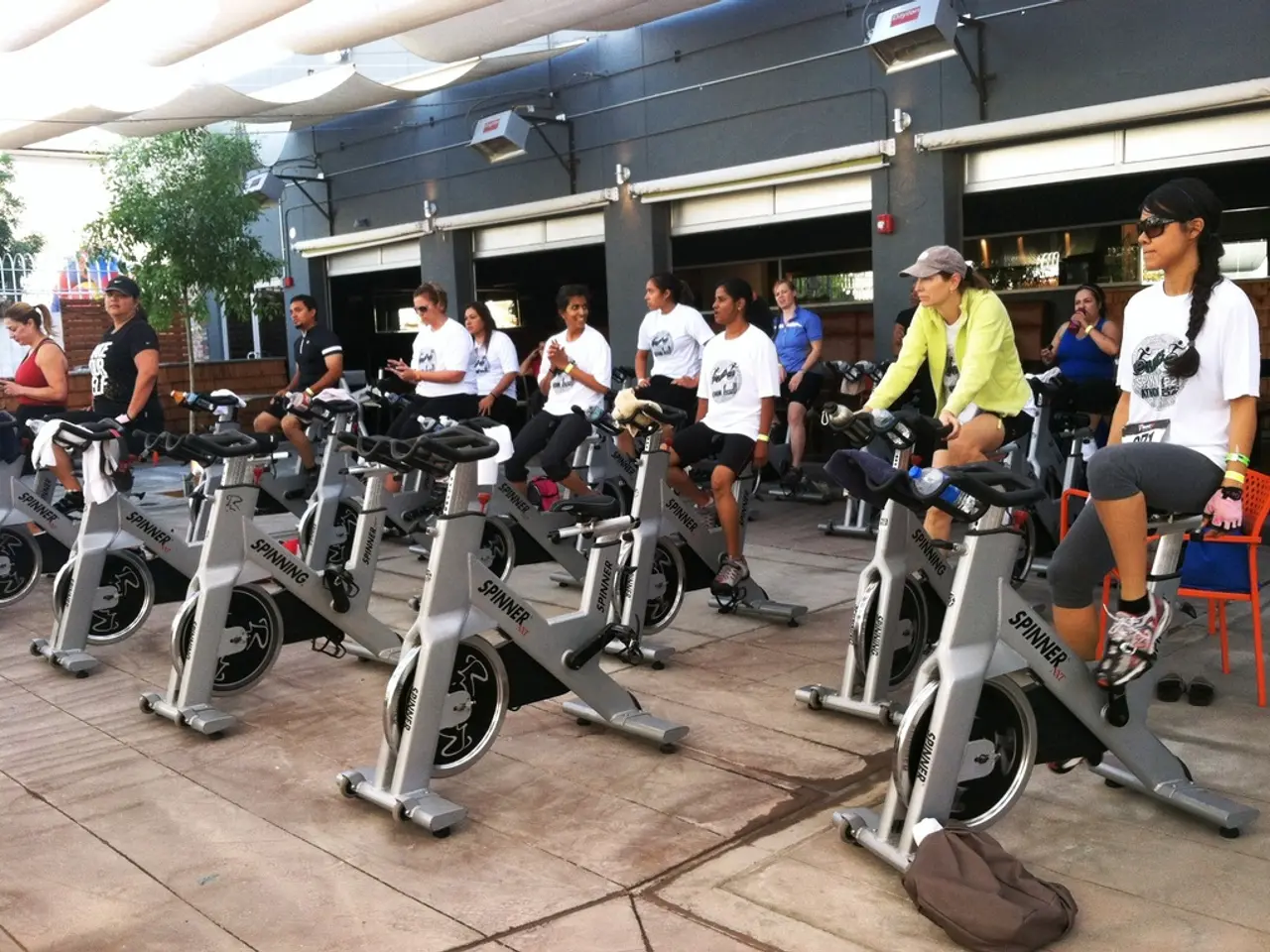Reinforce foot health with a daily regimen, as suggested by a podiatrist
Improving foot strength and mobility is not just about preventing foot pain, but it's about supporting your entire body's movement potential. According to Dana Santas, a certified strength and conditioning specialist and mind-body coach, understanding how to care for your feet is crucial.
Santas recommends a combination of targeted exercises focusing on the feet, ankles, toes, and calves. These exercises aim to enhance muscle function, joint range of motion, and neuromuscular control.
Key effective exercises include:
- Toe-Heel Walks: Walking on toes for 30 seconds, then heels for 30 seconds, repeated 3 sets. This strengthens ankle and foot muscles and improves balance.
- Toe Curls and Toe Yoga: Exercises like curling toes around objects or isolating toe movements improve foot dexterity, arch support, and toe strength.
- Supported Isometric Squat: Squatting while holding onto a support with toes slightly outward helps increase ankle dorsiflexion and foot stability.
- Eccentric Calf Raises: Standing on a step and slowly lowering heels below step height targets calf muscles and tendon strength, which supports foot function.
- Single-Leg Plank Ankle Stretch and Single-Leg Stands: These improve ankle flexibility and balance, important for foot control during movement.
- Rolling a ball under the arch: Massages and mobilizes the plantar fascia and foot muscles, helping circulation and flexibility.
- Ankle rolls and block heel raises: Mobilize ankle joints and strengthen key muscles involved in walking and running.
Incorporate balance training such as standing on one leg or heel-to-toe walking to build proprioception and reduce injury risk. Regularly stretch calves and toes to reduce tightness that can limit foot mobility. Strengthen opposing muscles like hips and core to enhance overall lower limb stability and gait mechanics.
Consistency matters: practicing these exercises daily or several times a week leads to noticeable improvements over time. The exercises develop the foot’s intrinsic musculature and joint range needed for efficient movement, increasing stability and resilience to injury across the kinetic chain.
If underlying foot pain or neurological issues exist, consult a healthcare professional for tailored guidance. Dana Santas suggests using habit-stacking techniques to make foot recovery a daily habit. When choosing athletic shoes, Santas prioritizes shoes with wider toe boxes, minimal heel-to-toe drop, and flexible soles.
The foot's arch system acts like a natural shock absorber and spring. The short foot exercise targets the arch-supporting muscles through conscious toe activation and breathing. The forward lean exercise helps activate foot muscles and improve stability by leaning the body forward slightly and gripping the ground with toes.
Dana Santas advocates for natural or minimalist shoes to mimic being barefoot and strengthen foot muscles. Poor foot function contributes to ankle problems, knee pain, hip tightness, and even low back strain. It also contributes to inflammatory conditions such as plantar fasciitis and Achilles tendinopathy.
By following these exercises, individuals can improve their foot strength and mobility, thereby supporting better global movement efficiency and reducing injury risk.
To further support the benefits of improving foot strength and mobility, Dana Santas encourages the addition of health-and-wellness practices centered around fitness-and-exercise. This could include incorporating balance training such as single-leg stands and heel-to-toe walking to build proprioception, stretching calves and toes regularly to reduce tightness, and practicing the short foot exercise and forward lean exercise to activate foot muscles and improve stability. Additionally, prioritizing footwear with minimalist design elements like a wider toe box, minimal heel-to-toe drop, and flexible soles can mimic being barefoot and aid in the development of strong foot musculature. By following these holistic approaches, individuals can enhance their overall foot health, promote better global movement efficiency, and reduce injury risk.




